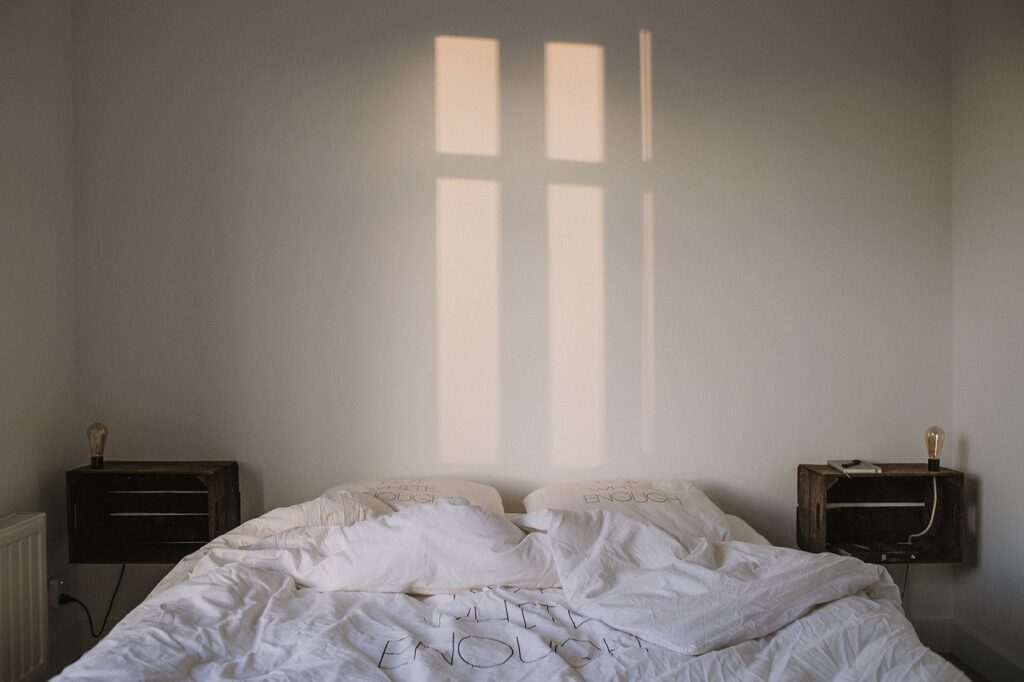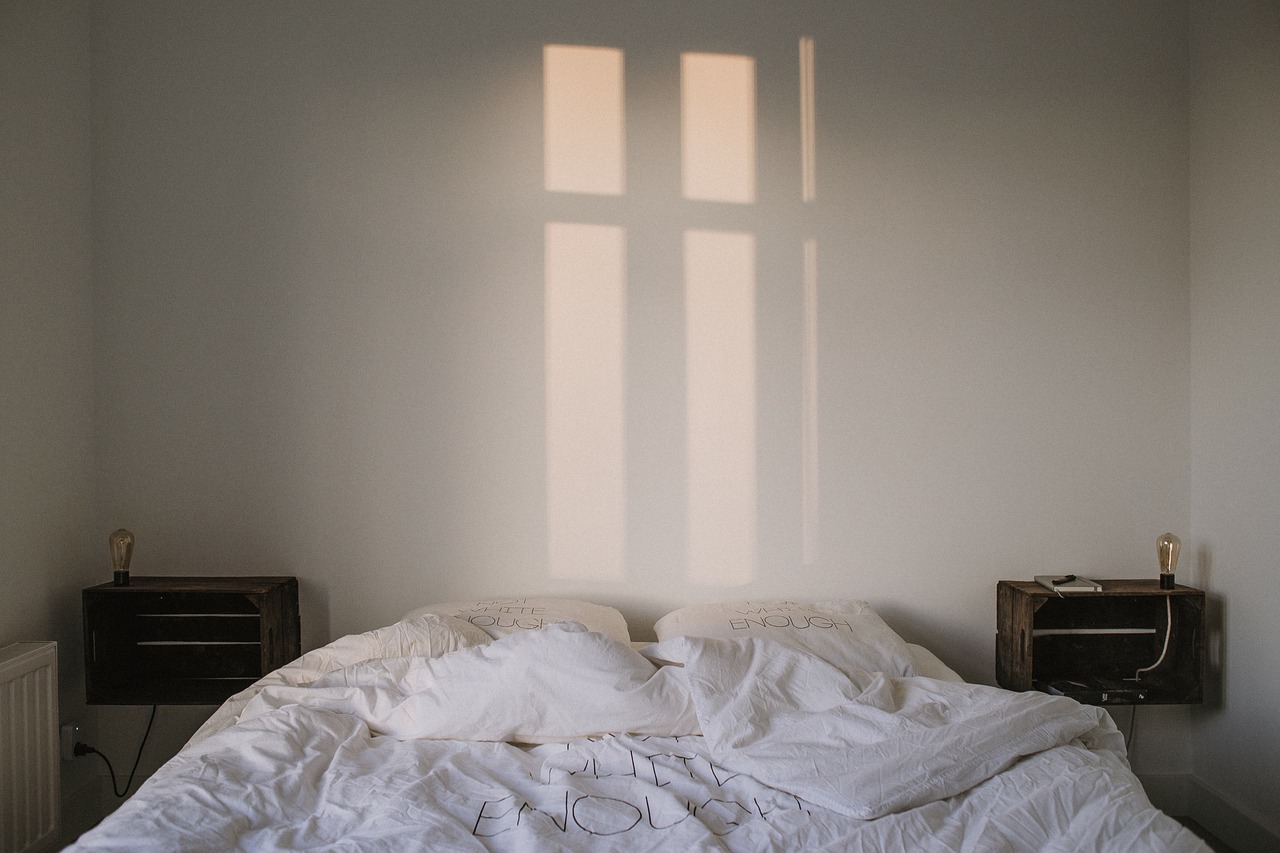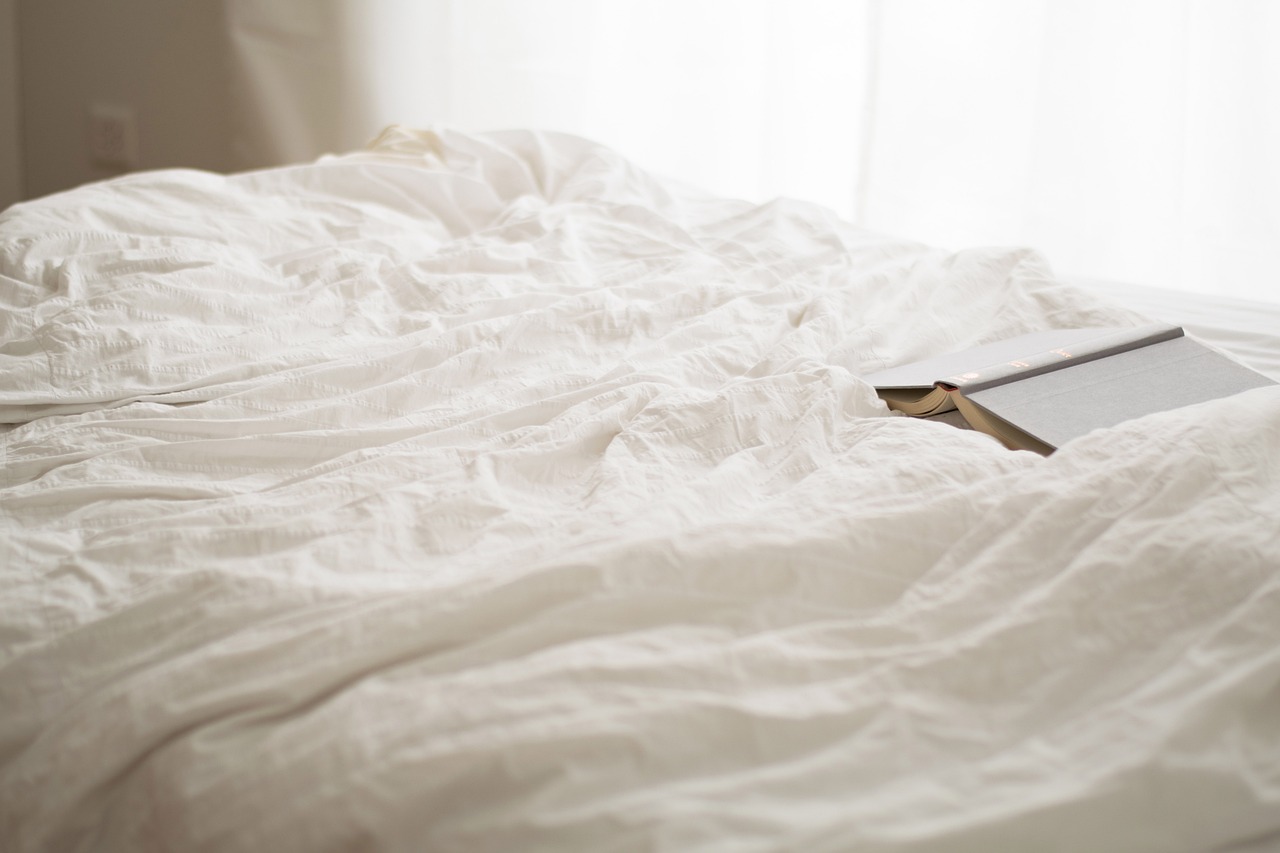Do you ever wake up with itchy bites on your body and wonder where they came from? Bed bugs may be the culprit. These tiny, blood-sucking pests are experts at hiding in the most unexpected places.
To truly understand their hiding habits, we must delve into their nocturnal nature and their affinity for travel and transport. Bed bugs are nocturnal creatures, meaning they are most active during the night when you are fast asleep. This makes it difficult to spot them during the day, as they retreat to their hiding spots. But where do they hide? Bed bugs are masters of concealment, taking advantage of the tiniest crevices in your mattress, furniture, and even electrical outlets.
Their hiding habits don’t stop there. Bed bugs are notorious hitchhikers, using luggage, clothing, and other belongings as their mode of transport. This allows them to spread quickly from one location to another, making it crucial to understand their hiding habits in travel and transport.
Detecting hidden bed bugs can be a challenging task, but not impossible. By understanding their hiding spots and behavior, you can employ effective strategies such as thorough inspections, using specialized detection tools, and seeking professional help.
To combat their hiding habits, it is vital to be proactive. Regularly inspect your sleeping area, keep your belongings off the floor, and practice good hygiene. If you do come across bed bugs, swift action is necessary to prevent a full-blown infestation.
In this article, we will delve into the intricate hiding habits of bed bugs, providing you with the knowledge and tools to protect yourself and your home from these persistent pests.
The Tiny Hiding Spots of Bed Bugs
If you think bed bugs only hide in obvious places like mattresses and furniture, think again. These tiny pests are masters of disguise and can be found in the most unexpected hiding spots.
One common hiding place is electrical outlets, where they can squeeze into the small crevices and remain undetected. They are also known to hide behind wallpaper, especially if it’s peeling or has small tears.
Cracks and crevices in walls and floors are another favorite hiding spot for bed bugs, as they provide the perfect shelter. Don’t forget about the seams of curtains or the folds of drapes, where bed bugs can easily blend in.
Understanding these hidden habits of bed bugs is crucial in effectively eliminating them and preventing infestations.
The Nocturnal Nature of Bed Bugs
Bed bugs are primarily nocturnal creatures, meaning they’re most active at night. This behavior is believed to be an adaptation to their preferred hosts, humans, who’re typically asleep during this time.
By coming out at night, bed bugs can feed on their hosts undisturbed, ensuring a steady supply of blood for their survival. During the day, bed bugs have a remarkable ability to avoid detection. They’re extremely skilled at hiding in tiny cracks and crevices, such as mattress seams, furniture joints, and electrical outlets. These hiding spots provide them with the perfect camouflage, making it difficult for humans to spot them during daylight hours.
However, their nocturnal activity leaves behind several signs. These include blood spots on sheets and pillowcases, dark spots of bed bug excrement on mattresses and furniture, and a sweet, musty odor emitted by their scent glands. These signs serve as indicators of their presence and nocturnal behaviors.
Why they come out at night
When night falls, you can’t help but wonder why those sneaky pests choose to come out and torment you while you sleep.
Bed bugs are primarily nocturnal creatures, and there are a few reasons why they prefer darkness. First, bed bugs are extremely sensitive to light, so they instinctively avoid it to protect themselves.
Second, they rely on the carbon dioxide we exhale to locate their hosts, and our breathing is generally slower and steadier during sleep, making us easier targets.
Additionally, bed bugs are attracted to the warmth our bodies emit, and since our body temperature drops slightly during sleep, it creates the perfect environment for them to feed.
So, it’s not personal – bed bugs simply take advantage of the conditions that nighttime offers to stealthily feed on us.
How they avoid detection during the day
During daylight hours, these crafty pests manage to elude detection by utilizing clever tactics. Bed bugs are skilled at finding hiding spots that are both hard to detect and access. They seek out small cracks and crevices in furniture, walls, and mattresses, where they can remain hidden for extended periods of time.
These tiny pests have a remarkable ability to flatten their bodies, allowing them to squeeze into the tiniest of spaces. Additionally, they have a natural instinct to avoid light, making it easier for them to remain undetected during the day. Bed bugs also have a unique ability to release a pheromone that acts as a warning signal to other bed bugs, allowing them to quickly scatter and find new hiding places when disturbed.
These tactics make it challenging for humans to locate and eliminate these elusive creatures during daylight hours.
Signs of their nocturnal activity
At night, you may notice signs of their sneaky presence. Bed bugs are nocturnal creatures that feed on human blood while we sleep.
One of the most obvious signs of their nocturnal activity is waking up with itchy, red bites on your skin. These bites are usually in a straight line or cluster and can be found on exposed areas such as the arms, legs, and neck.
Another sign is the presence of tiny blood stains on your sheets or mattress. Bed bugs excrete blood after feeding, leaving behind these telltale marks.
Additionally, you might see dark spots or smears on your bedding, which are actually bed bug feces. These spots are often found near their hiding places, such as mattress seams, furniture cracks, or baseboards.
So, if you notice these signs, it’s important to take immediate action and call a professional to help eliminate these sneaky pests from your home.
Bed Bug Hiding Habits in Travel and Transport
Bed bugs love to hide in the most unexpected places while traveling, making it a thrilling challenge to find them. These pesky critters have a knack for hitching rides on luggage, clothing, and even public transportation. They are known to hide in crevices and seams of suitcases, backpacks, and purses, waiting for their next unsuspecting victim to take them to a new location.
Once they arrive at their destination, bed bugs will seek out dark, secluded areas such as mattress seams, bed frames, and furniture. They can also hide in cracks and crevices in walls, floors, and electrical outlets. It is crucial to inspect and clean your belongings thoroughly after traveling to prevent the spread of these unwanted travel companions.
Strategies for Detecting Hidden Bed Bugs
Now that you understand the hiding habits of bed bugs during travel and transport, let’s delve into some effective strategies for detecting these sneaky pests.
Bed bugs are notorious for their ability to hide in cracks, crevices, and other hard-to-reach places, making them difficult to spot with the naked eye. To overcome this challenge, you can employ a combination of visual inspections and technological aids.
Start by thoroughly examining your bedding, furniture, and surrounding areas for any signs of bed bug activity, such as blood stains, dark spots, or discarded exoskeletons. Additionally, you can use a flashlight and a magnifying glass to inspect tiny cracks and seams.
For enhanced detection, consider using bed bug detection devices, such as interceptors or active monitors, which can help trap and identify these elusive pests.
By being thorough and employing these detection strategies, you can increase your chances of identifying and addressing a bed bug infestation early on.

Effective Ways to Combat Bed Bug Hiding Habits
To effectively combat the sneaky ways of these pests, you’ll need to be proactive and employ clever tactics. Bed bugs are notorious for their hiding habits, making it challenging to eradicate them completely.
However, there are effective ways to combat their elusive nature. Firstly, regular and thorough inspections of your living space are crucial. Pay close attention to areas where bed bugs commonly hide, such as mattresses, box springs, and cracks in furniture.
Secondly, use heat treatments to kill bed bugs and their eggs. High temperatures are lethal to these pests and can reach areas that are hard to access.
Finally, consider using mattress and box spring encasements to trap any bed bugs already present and prevent new infestations. By implementing these strategies, you can increase your chances of successfully combating bed bug hiding habits.
Frequently Asked Questions
How long can bed bugs survive without feeding?
Bed bugs can survive without feeding for up to several months, depending on environmental conditions. They can remain hidden in cracks, crevices, and furniture, making it difficult to detect and eliminate them.
Can bed bugs hide in electronic devices or appliances?
Yes, bed bugs can hide in electronic devices or appliances. They are attracted to the warmth and dark spaces inside these items. Regularly inspect and clean your electronics to prevent infestations.
Do bed bugs prefer certain types of fabrics or materials?
Bed bugs do not have a preference for certain fabrics or materials. They can hide in various types, such as clothing, bedding, furniture, and carpets. Their hiding places are determined by factors like warmth, darkness, and proximity to their hosts.
Can bed bugs hide in outdoor areas or gardens?
Bed bugs can hide in outdoor areas or gardens, but they are more commonly found indoors. They hide in cracks, crevices, and other secluded areas close to their food source. Regular inspection and treatment are important to prevent infestations.
Are there any natural remedies or home remedies to repel bed bugs from hiding in your home?
To repel bed bugs from hiding in your home, there are several natural remedies you can try. These include using essential oils like lavender or tea tree oil, vacuuming regularly, and using mattress encasements.
Conclusion
In conclusion, understanding the hiding habits of bed bugs is crucial for effective detection and eradication. These nocturnal pests are skilled at concealing themselves in tiny spaces, making it challenging to spot them.
Whether it’s in the cracks of furniture, behind wallpaper, or within luggage during travel, bed bugs have mastered the art of hiding. However, by employing strategies such as thorough inspections, heat treatments, and regular cleaning, we can combat their hiding habits and ensure a bed bug-free environment.
Stay vigilant and proactive in dealing with these resilient insects.










